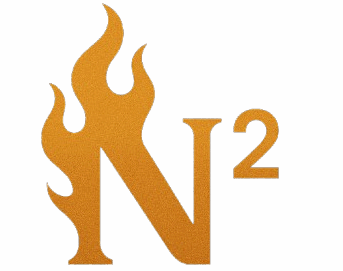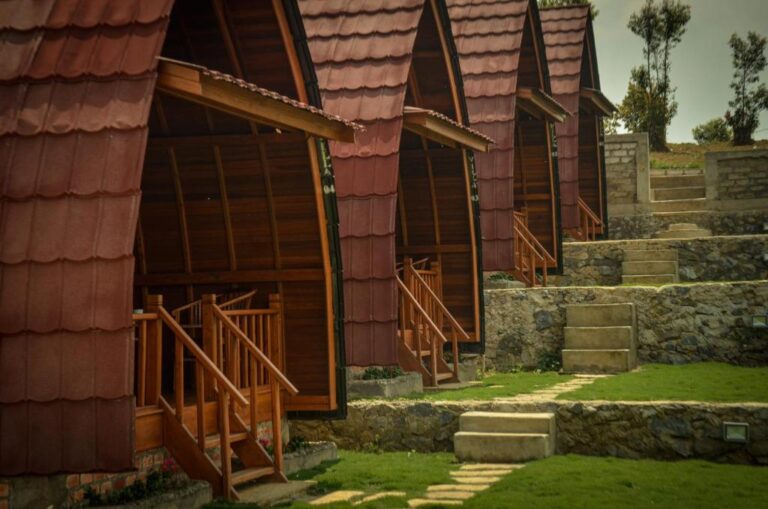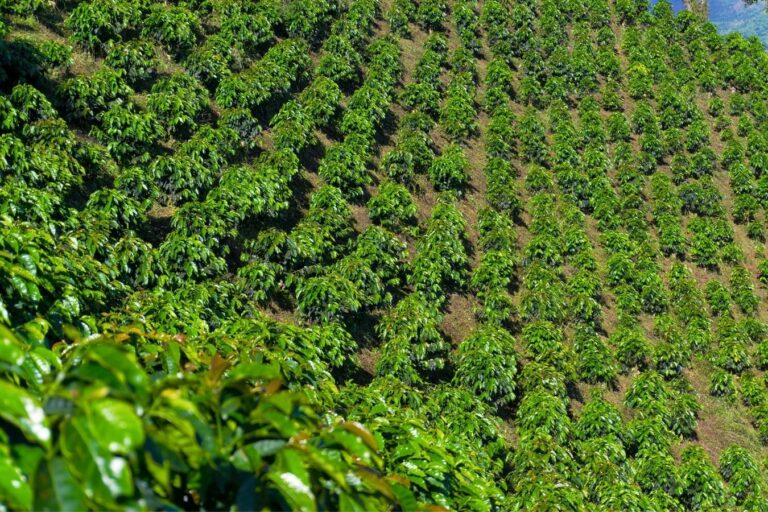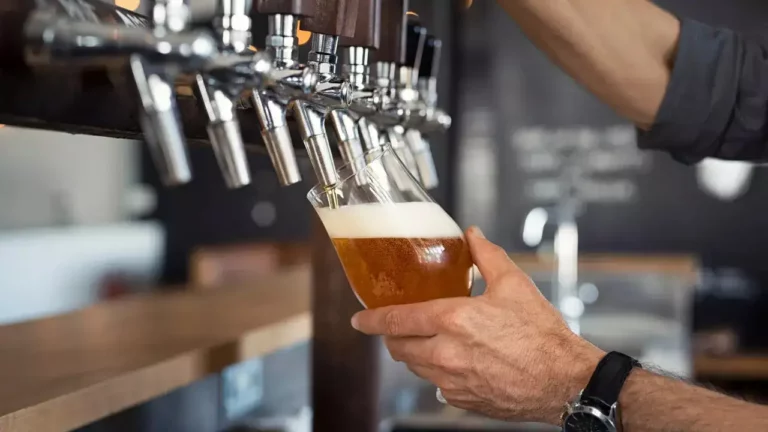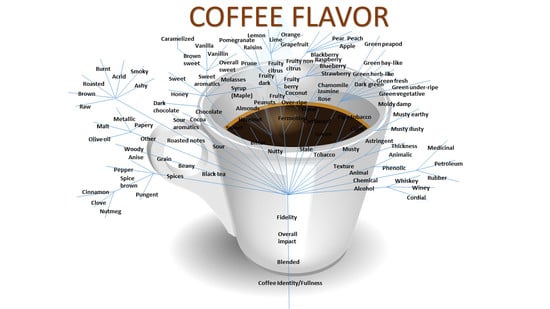Traditional Coffee: A Beverage of Heritage and Culture
Introduction
Traditional Coffee has been a part of everyday life in Indonesia for generations. It‘s not merely something to consume, it‘s a cultural symbol, a social ritual, and an age–old custom in so many aspects of everyday life.
In the urban, speedy world of today, instant coffee and trendy beverages from international chains are the norm in the cities. Yet, traditional Indonesian coffee still holds a special place in the hearts of the people. It is not only rich in flavor, but also steeped in history and cultural symbolism that goes beyond what one finds in the cup.
A Brief History of Indonesian Traditional Coffee
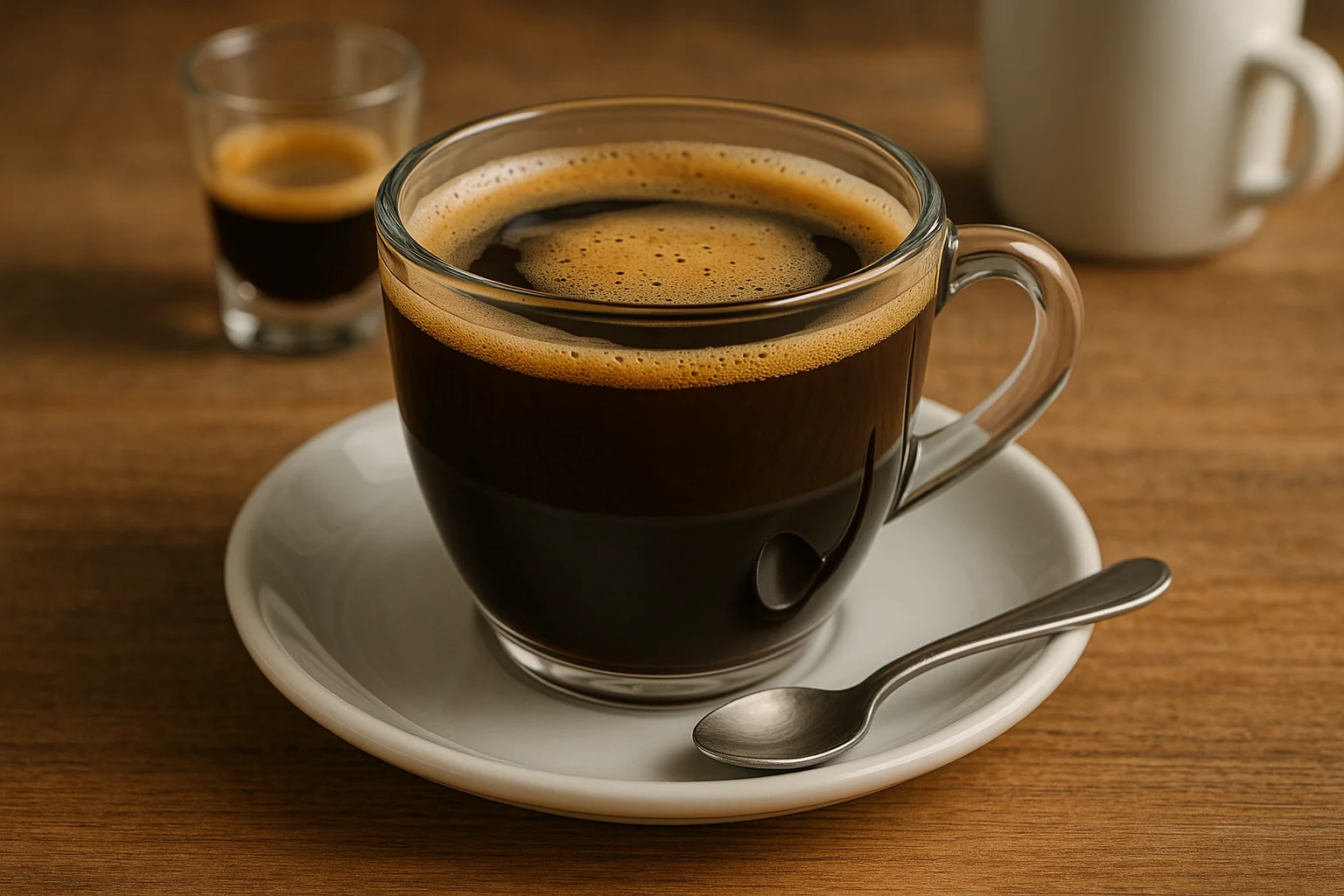
Coffee first came to Indonesia in the 17th century, when the Dutch brought in seeds from Yemen to Batavia, now Jakarta. It flourished in Java, Sumatra, and Sulawesi, and emerged as one of the Dutch East Indies‘ most valuable export commodities.
But beyond export, coffee became part of local culture. Coffee brewing and drinking at home or small coffee stalls (warung kopi) became a daily routine. These non-machine, hand-brewing methods created a variety of local brewing cultures, now called traditional coffee.
What Makes Classic Coffee Stand Out
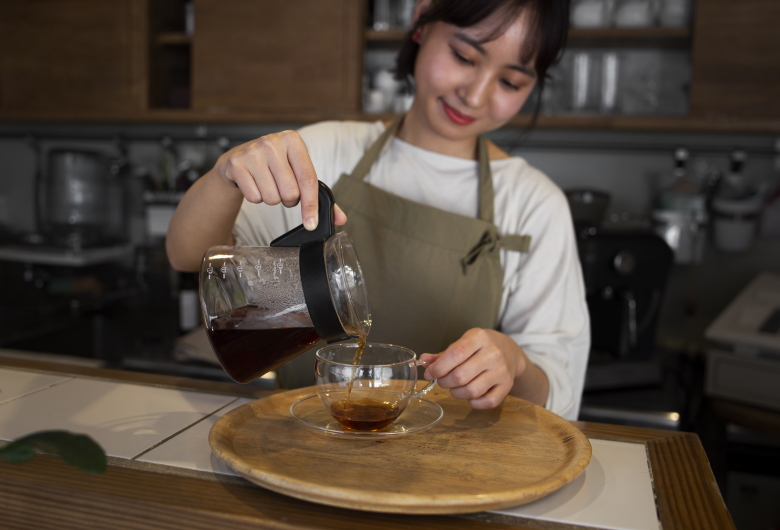
Classic coffee differs from modern coffee in the following manner:
- Hand-made Process. It’s back to basics, no espresso machines or equipment. From grinding the beans to brewing.
- Simple Equipment – Cloth filters, aluminum pans, or copper kettles are more the norm.
- Strong and Pungent Taste – Tends to be made using robusta beans that have been dark roasted, rich, bitter taste and strong aroma.
- Local Serving Styles – Each region has its unique way of preparing and serving coffee.
Popular Types of Traditional Indonesian Coffee
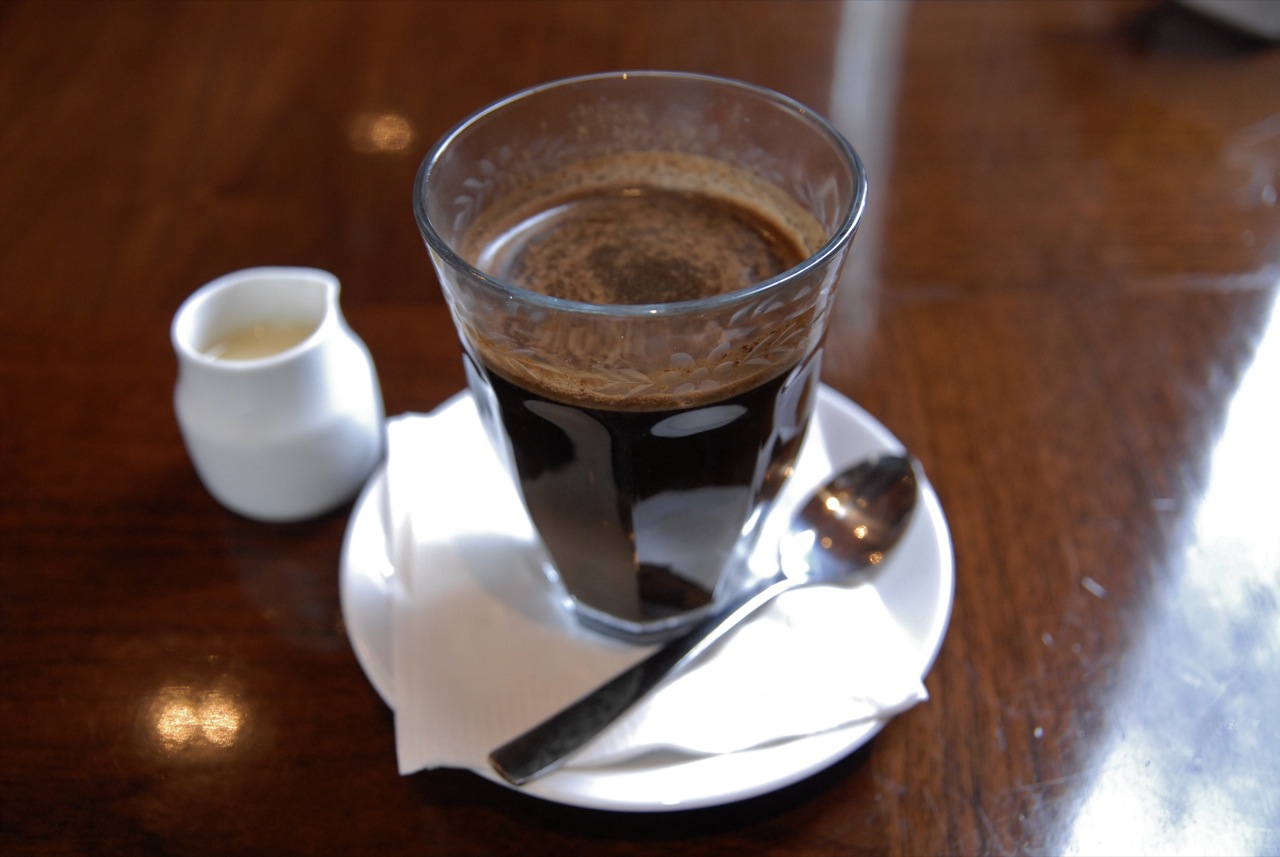
- Kopi Tubruk (Java & Bali)
Most popular traditional coffee. Prepared by pouring ground coffee into hot water and sugar in a glass no filtering. The grounds settle at the bottom, thus the strong and rich taste. - Kopi Talua (West Sumatra)
This is a bit weird it has black coffee, egg yolk, and sugar. The mixture, whipped into a frothy mix, is topped with hot coffee afterwards. The result? A creamy, rich drink said to give one energy and stamina boost. - Kopi Kawa Daun (Minangkabau)
Unlike regular coffee, this is made from roasted coffee leaves instead of beans. It‘s brewed like tea and is served in coconut husks. With less caffeine, it‘s a milder drink for those who want weak coffee. - Kopi Sanger (Aceh)
Strong Acehnese coffee blended with sweetened condensed milk, shaken until smooth. It is served in small glasses with equal parts of sweetness and strong taste. - Kopi Lelet (Rembang, Central Java)
This very thick coffee is used as “ink“ to stain the tips and bottoms of kretek (clove) cigarettes before lighting. It‘s part of a unique local coffee and smoking culture. - Kopi Tiam (Riau Islands)
This variant came from Chinese-Malay heritage. It‘s brewed by pouring over large cloth filters with medium-roasted robusta coffee, and at time,s accompanied by kaya toast.
Coffee with Substance: Culture in a Cup
Old-fashioned coffee is not just about taste, it‘s also about ritual and togetherness. In most settings, ngopi (drinking coffee) is a daily activity that reunites neighbors, relatives, or coworkers for cordial talk.
Morning coffee in Indonesian culture is a way to “wake up the mind“ and start the day intentionally. In Aceh, coffee shops are social spaces where society congregates from early morning to late afternoon.
Coffee even plays a role in ceremonies served as a welcome for guests, served in weddings, or used in ceremonial rituals. It’s not merely a drink; it‘s a symbol of respect and hospitality.
Warung Kopi: Coffee, Community, and Economy
Warkop, or traditional coffee stalls, are a part of everyday life in Indonesian society. In contrast to chain coffee shops, they often simplify small roadside or market operations. But they have their charm:
- Affordable – A cup of coffee is between IDR 1,000 and IDR 5,000 (about a few cents).
- Social Gathering Place – People of all ages and backgrounds hang out here.
- Unpretentious Environment – No snazzy rules, just an unpretentious and friendly environment.
Others have been in business for generations and are neighborhood institutions—like Warung Kopi Solong in Banda Aceh, Warung Kopi Purnama in Bandung, or Warkop Phoenam in Makassar.
Challenges to Traditional Coffee in the Modern Era
While it is quaint and culturally rich, traditional coffee does face some daunting challenges:
- Modern Coffee Boom – Younger generations are more familiar with Western-style coffee at trendy cafes.
- Lack of New Blood – Numerous older traditional coffee makers are aging, and few young people are replacing them.
- Old-Fashioned Image – Some see it as outdated or not “aesthetic“ enough.
- Weak Branding & Promotion – Traditional coffee gets beaten out by newer products in packaging and advertising.
Turning Challenges into Opportunities

But there is plenty of scope for growth if vintage coffee is re-flavored:
- Coffee Tourism – Guided tours on coffee plantations and brewing are now also available in most regions.
- Local Branding – Focus on the history and philosophies behind each coffee can make it appealing.
- Modern Packaging – Clean and more visually attractive packaging can unlock its market, domestically and globally.
- Digitizing the Warkop-Marketing and distributing traditional coffee. Online and through social media. Already, there are instant kopi tubruk sachets or ready-to-drink bottled kawa daun produced by some small businesses. These innovations prove that traditional coffee can adapt to modern tastes without losing its character.
Closing Thoughts
Traditional coffee is not merely a beverage; it is a living aspect of culture that is filled with tales, flavor, and substance. Whether in Sabang or Merauke, every area has its method of brewing and drinking coffee, bearing witness to the cultural diversity of Indonesia.
Preserving traditional coffee is preserving part of our country’s heritage. Amidst globalization and modernization, it would serve us well to appreciate and retain this heritage.
Because in every cup of traditional coffee, there‘s a taste of history, an essence of coming together, and a warmth that cannot be replicated.
Let‘s honor and continue Indonesian traditional coffee not just as a drink, but as an authentic representation of the nation‘s soul.
